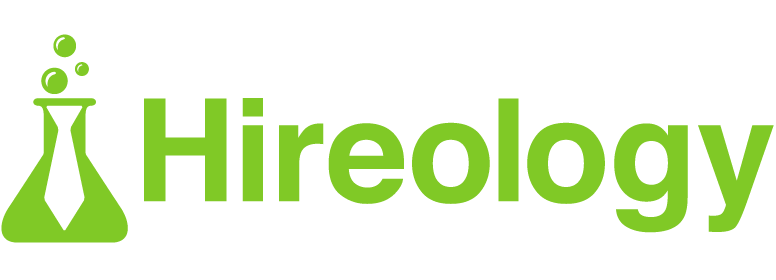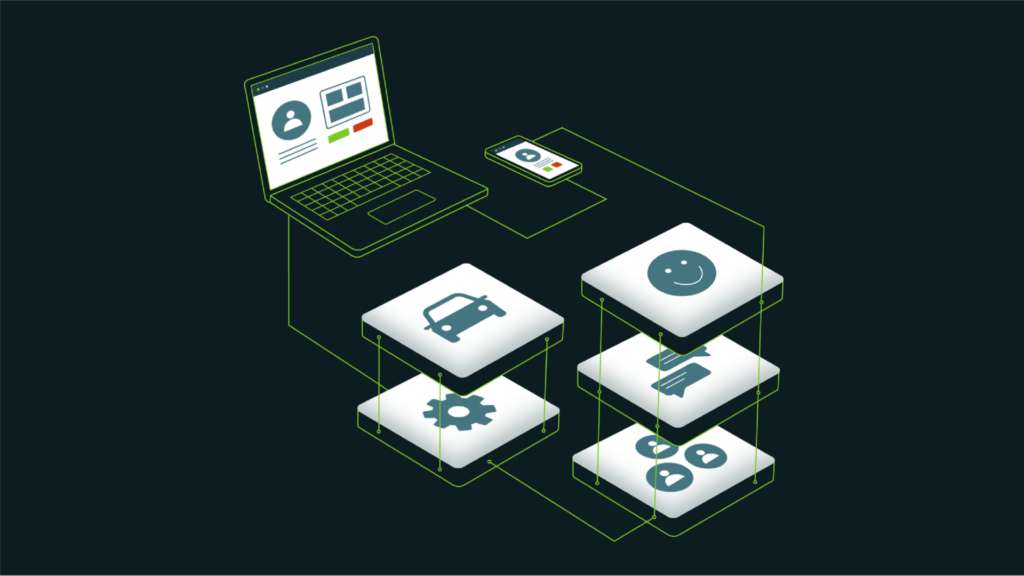In today’s tight labor market, the costs associated with attracting and hiring top talent can add up quickly – especially if you don’t have a streamlined hiring process in place. And a disjointed hiring process – or lack of a formal process altogether – will slow down your total time to hire and frustrate candidates.
A streamlined hiring process can save your team time and resources, and help you secure top talent sooner, ultimately reducing your hiring costs. Below, we’ve outlined several ways efficient hiring can add profit back to your business.
Avoid Manual Processes
The average HR leader spends nearly a third of his or her work week on routine tasks such as answering calls, responding to emails and updating spreadsheets. While time is being spent on manual processes, this takes time away from other more strategic tasks to help the business grow and drive profit.
Instead of manually weeding through emails or paper applications, a streamlined hiring process and applicant tracking system enable you to store all candidate data and complete hiring steps in one centralized platform. This also makes it easier for other employees in your organization – such as anyone who might interview candidates – to access all the information they need about any given candidate in one place.
Stop Wasting Time on Unqualified Applicants
HR and hiring managers spend a significant amount of time reviewing each and every applicant – including those who aren’t a fit for open roles. Beyond reviewing unqualified applicants, sometimes these applicants are also brought in for interviews, which wastes more time, resources and money.
To avoid spending time on unqualified applicants, your team can incorporate prescreen surveys into your hiring process. With prescreen surveys, as soon as applications are submitted, your team can automatically send follow-up emails to each applicant with a link to the survey. These surveys typically include a series of true/false questions, only take candidates a few minutes to complete and are automatically scored. Candidates who aren’t a fit based on the results are automatically eliminated from the hiring process, saving your team time and resources.
Decrease Time to Hire
Hireology data found that for each day a role is open, employers lose an average $1,000 per in gross profit. For example, for each day there’s an empty service bay at a dealership, fewer cars are serviced in the fixed ops department. And for each day a home care agency has an open caregiver role, fewer clients are seen, leading to lower profits for the business.
A more efficient hiring process can help your team reduces costs associated with lost productivity and profitability due to open roles. You can speed up your overall time to hire by automating several steps in the hiring process. In addition to the prescreen surveys outlined above, steps that can be automated include: distributing skills tests, completing reference and background checks, and sending automated email reminders, among other steps.
Get New Hires Up to Speed Quickly
No new hire walks in the door at your organization and is 100 percent productive on the first day. And the longer it takes new hires to get onboarded and up to speed, your team will lose out on profit. This means you need to be more strategic about getting new hires up to speed as soon as possible.
To speed up time to productivity for new hires, one step your team can take is implementing digital onboarding. In many cases, new employees spend several hours of their first day or week in the HR office filling out paperwork. Not only can this cause employee engagement to take a hit, the longer an employee is simply filling out paperwork, the less time they have to spend contributing to your team.
Digital onboarding enables new employees fill out paperwork once their offer letters are signed and kick off their day-to-day work right away, rather than focusing on administrative tasks. And it saves your HR team from manually repeating the same onboarding tasks each time a new employee is hired. Onboarding tasks that can be completed before the first day include: filling out direct deposit information for automated payroll, completing tax forms, filling out benefits paperwork and signing the employee handbook.
Continuously Improve Your Hiring Efforts
With the right hiring process and technology in place, you can be more proactive about improving your hiring efforts over time, which will also add profit back to your business. For example, Hireology customers have access to Insights, actionable Q&A analytics that answer questions such as: How fast am I hiring? Is everyone following my hiring process? Which recruitment marketing channels are driving the most quality candidates and hires?
Armed with this data, you can outline key next steps to make the hiring process more efficient – saving your team time and money. If Insights show candidates keep getting held up in a certain hiring step, for example, you can identify ways to speed up this step. And if you notice a recruitment marketing channel – such as a specific job board – isn’t driving many quality candidates and eventual hires, you can eliminate this channel and only invest in those that drive results.
Your people are your main source of competitive advantage – but also one of your biggest expenses. By following a streamlined hiring process, you can ensure you’re attracting and hiring top talent while saving money. For additional tips on making the most of your recruiting efforts, read our resource, “The Hireology Recruitment Marketing Playbook.”



